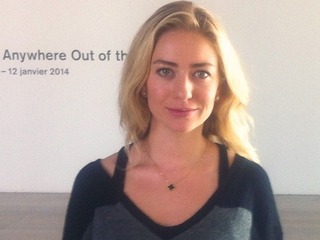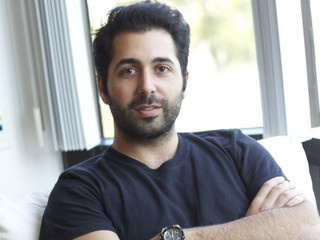How does Ginkgo Bioworks make money?
Ginkgo makes the majority of its money from the sale of its end-to-end COVID-19 testing services
Read more...
There are a number of tech companies that could go public this year, like Oscar, Instacart and Robinhood, but most of that is speculation. A few have filed confidentially, but so far it seems like the only one that will definitively go public this year online dating app Bumble, which has already unveiled its S-1 filing with the SEC.
The company, which was founded in 2014, was started as a feminist dating app, putting more control into the hands of its female users.
To best understand how the company makes its money, it helps to know how and why Bumble was founded in the first place, and how its ownership has changed hands over the years.
The origins of Bumble
Bumble came about after Whitney Wolfe Herd, the co-founder of Tinder, sued the company for sexual harassment, a lawsuit that was eventually settled with the company admitting no wrongdoing. In the midst of that process, she met Andrey Andreev, the founder and CEO of dating-focused social network Badoo. The two decided to partner, with Badoo investing $10 million for a 79 percent ownership stake of Bumble, which was launched in December of 2014.
Bumble was started a dating app that catered to a female audience; when being paired with men, those users are the ones who are able to send the first contact with matched male users (those restrictions do not apply when it's a same-sex match). The company has since expanded significantly to include a job finding app, as well as a site for people to find friends in new cities. The company even launched its own print lifestyle magazine, called Bumble Mag, in 2019.
In June of 2019, Adreev launched MagicLab, a holding company that builds and owns dating and social networking apps; both Badoo and Bumble fell under that umbrella, along with sites like Lumen and Chappy. Adreeve promptly sold the company to Blackstone in November, which valued the company at $3 billion, before he stepped down.
In 2020, MagicLab was renamed as Bumble with Badoo underneath so, in essence, Bumble went from being owned by Badoo, to reversing that position. Now it makes money by selling subscriptions to both apps.
Freemium model
Both apps make their month with a freemium model, allowing users to access basic services for free, while making them pay to access additional features.
Bumble has two sets of enhanced features, one called Bumble Boost and the other called Bumble Premium. Bumble Boost includes the ability to backtrack, the ability to extend time on matches and unlimited swipes. It includes one Spotlight, a feature designed to advance the user's profile so it will be viewed by more people, as well as five SuperSwipes, a feature that lets the users tell a potential match they're confidently interested in them, per week.
Bumble Boost costs $9.99 for one week, $24.99 for one month, $49.99 for three months, $79.99 for six months and $119.99 for a lifetime subscription.
Bumble Premium includes access to unlimited advanced filters; the ability for users to see their admirers; access to Travel mode, which lets select a city for their profile to appear in for seven days; and all the other features from Boost.
Users can also buy Coins, which are an in-app currency that allow users to purchase additional features, incluing SuperSwipe or Spotlight. One Bumble Coin costs $1.99, while five Bumble Coins cost $7.99, and 10 Bumble Coins cost $14.99.
Badoo's premium features include the ability to see who voted ‘Yes’ to them in Encounters; Invisible Mode, so users can browse Badoo without anyone seeing them; the ability to undo 'No' votes in Encounters; the ability to see who likes them the most; direct access to the most popular people on Badoo; the ability to chat with people from the moment they join Badoo; access to stickers; and an ad-free experience.
Users can also buy Credits, which come in packages of 100, 550, 1,250 or 2,750 at a time and which allow users to pay for features like Rise Up, which brings them to the top of search results, as well as its Spotlight service, which puts that member's photo and a profile at the top of every Badoo page in their area.
As of September 30, 2020, Bumble and Badoo had a combined monthly active user base of 42.1 million, though only 2.4 million, or 5.7 percent, were paying users; of those, 1.1 million paid for Bumble and 1.3 million paid for Badoo.
In terms of revenue, the first nine months of 2020 brought in $376.6 million combined; that was up 3.8 percent from the same period in 2019.
When broken down, $231.5 million, or 61.4 percent, came from Bumble, while $145.1 million, or 38.6 percent, came from Badoo. Bumble's revenue rose 14 percent year-to-year, while Badoo's decreased by 9 percent.
In all, the company saw a net loss of $84.1 million, while it had seen net earnings of $68.6 million in the first nine months of 2019.
Ginkgo makes the majority of its money from the sale of its end-to-end COVID-19 testing services
Read more...GE Healthcare, which went public after spinning-off, makes most of its revenue from imaging products
Read more...The company makes most of its money through the sale of its Health Monitoring System
Read more...


